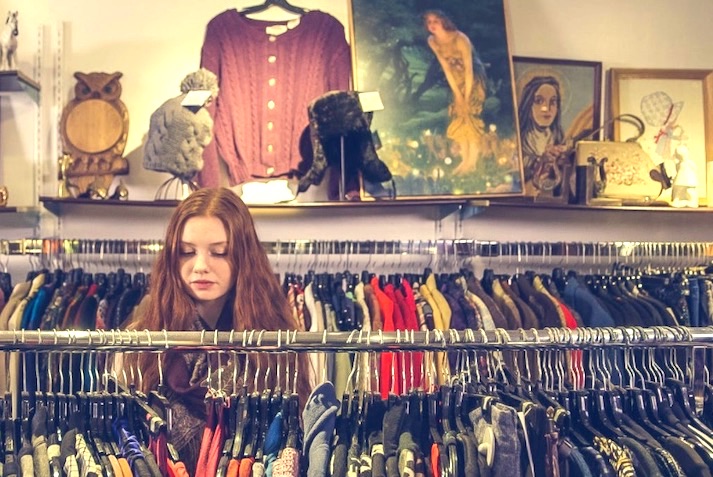Thrift stores are becoming more popular with middle aged clothes shoppers. If you don’t want to wear yoga attire to work, thrift stores are some of the best sources for clothing made from a wider variety of fabrics.

Even if the environmental ethic of reducing consumption or the excitement of a rare find is difficult to convey to students, cultural differences in attitudes toward second hand shopping are a worthwhile topic to explore in the English language learning class.
Attitudes towards second-hand purchases differ significantly across cultures and are worth making students aware of. For North Americans, finding something at a remarkably cheap price at a thrift store or garage sale can confer on the item a certain cachet, even bragging rights to the consumer. Ask your students if the same applies in their cultures and many may reveal such a purchase would be a source of shame.
While students will pick and choose the aspects of our culture they wish to adopt, part of our job as ESL, ELL or EFL teachers is to improve students’ bi-cultural fluency, thereby enhancing their soft skills.
Here are two worksheets, one for beginner and one for intermediate, on a thrift store called Value Village. It’s part of the Savers chain. This is a company with a very successful business model even students uninterested in second-hand shopping usually find very interesting. A for-profit company, Savers gets its merchandise from and shares its profits with over 160 non-profit partners.
Click on the image below to view the intermediate level reading exercise.

The beginner exercise covers the basics. Click on the image below to view it.

Let me know how it goes!
